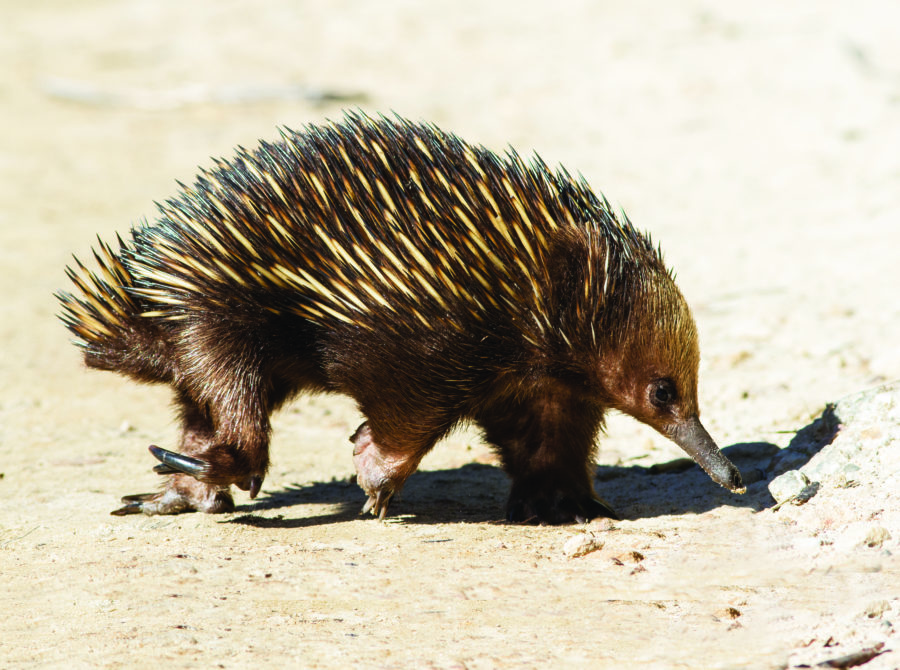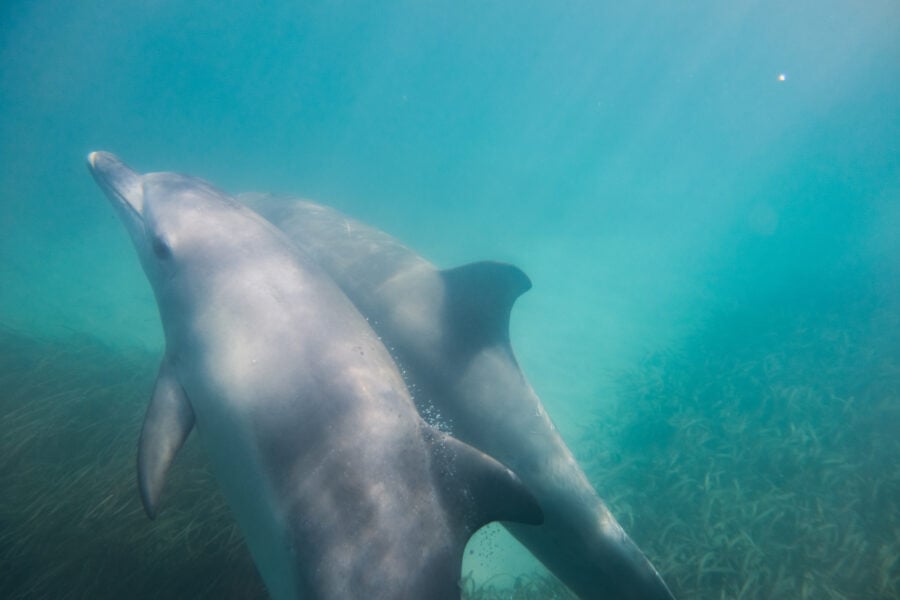Stunning breakthrough: the platypus and echidnas came from the South Pole
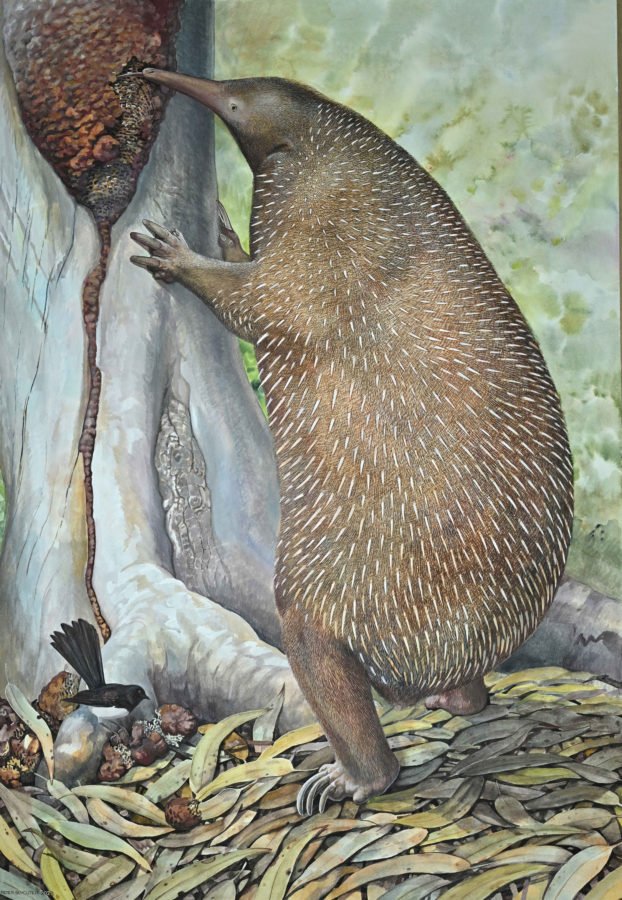
Even the scientists behind this new finding agree it sounds bizarre.
Almost as unfathomable is a wombat-sized, tree-climbing echidna that once lived in south-west Western Australia and that they have named Murrayglossus.
Australia’s platypus and the modern echidnas are the only surviving monotremes – egg-laying mammals – and pretty much everything about them has intrigued and, at some stage, bamboozled western scientists since Europeans first encountered a platypus in the late 1700s.
An international team of researchers has capitalised on opportunities created by two years of COVID lockdowns and isolation to take an unprecedented deep dive, in the intellectual sense, into all the fossil and related evidence available on monotremes.
The outcome is a ground-breaking new understanding of the evolution of these unusual animals, which are known only from Australia and New Guinea.
Tiny ancestor
The ancient mammal that’s been identified as both the oldest-known and the smallest monotreme species has the scientific name of Teinolophos trusleri.
It’s known from a fossil jawbone found in Gippsland, Victoria. Three other partial jawbones were also found in the same area.
These bones are now thought to have come from tiny shrew-like creatures – no more than 40g in weight – that existed 130 million years ago (mya), during the Early Cretaceous (at the same time as dinosaurs) in a South Pole forest where they would have probed for prey beneath the snow using an electro-sensory beak-like appendage.
The status of T. trusleri, or something very similar to it, as a likely ancestor for all modern monotremes is among major findings presented in a landmark paper published recently in the scientific journal Alcheringa: An Australasian Journal of Palaentology.
The paper is based on research led by two of Australia’s most esteemed biological scientists, Professor Tim Flannery and Professor Kristofer Helgen, the Australian Museum’s Chief Scientist. The team also included Dr Tom Rich and Tim Ziegler from Museums Victoria, Patricia Vickers-Rich from Monash University and Dr Grace Veatch from the Smithsonian, in the US.

An electric sense in a polar environment
Flannery explains that although modern evidence – a jawbone – of T. trusleri was found in south-east Australia, it’s dated to about 130 million years old when that part of the planet would have been sitting within Earth’s southern polar circle.
“So, it [Teinolophos] would have lived in a polar environment,” Flannery says. “But there were forests there then because the climate was different at that time: so, these were polar forests that probably had between three and six months of darkness a year.
“And because there was snow and it was a cold environment, probe-feeding with an electro-sensitive mechanism would have been an effective way of finding food in a habitat like that.”
The fossilised jaw of T. trusleri has a huge canal running through it and that’s believed to have carried all the nerve and related tissue needed for the sense of electroception.
This extraordinary sensory capability still survives in modern monotremes – the platypus and echidnas – which can sense the tiny pulses of electricity released by moving muscle in prey.
“The main thing for us is that this [polar origin] explained why the monotremes didn’t spread, even though they evolved at a time when the southern continents were all joined up,” Flannery says. Australasia, India and Antarctic were all still part of the same land mass 130 mya.
So monotremes evolved in a polar environment, which was confined at the time to the continents that became Australia and Antarctica. They didn’t spread to other habitats until much later when they’d had time to evolve and adapt to warmer locations.
Flannery and his colleagues believe there must have been a range of monotreme species surviving in Antarctica up until the last great natural extinction 66 mya.
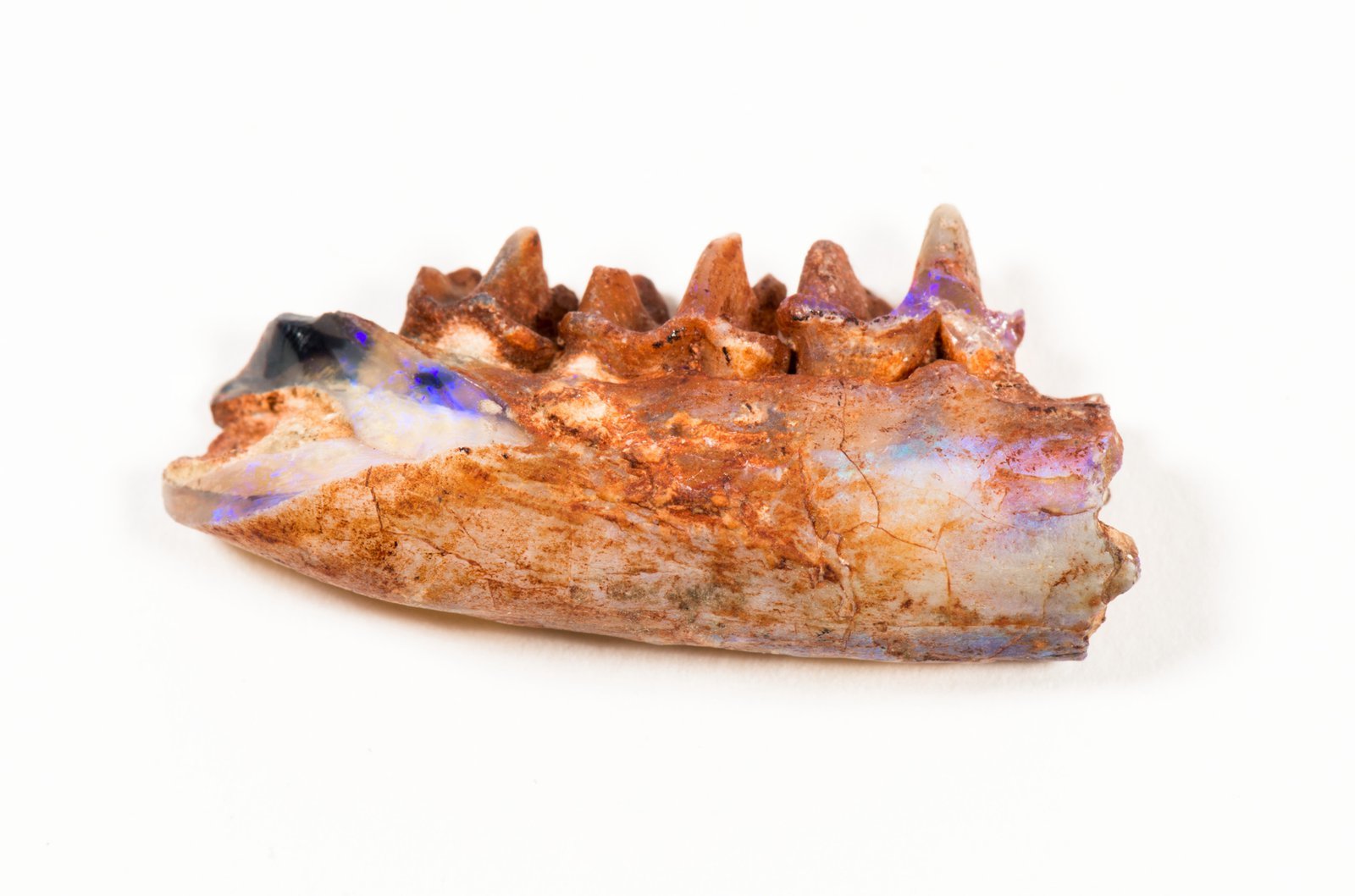
Back to his scientific roots
Most Australians would know Flannery as one of the world’s leading commentators on climate change; author of the internationally lauded book The Weather Makers: The History and Future Impact of Climate Change, first published in 2005, and a host of other influential books and scientific papers since.
But Flannery, now aged in his mid-60s, began his scientific career as a biological field researcher during his 20s.
For well over a decade, he spent many weeks and months at a time observing and collecting animals in some of the world’s most inhospitable and remote places including Papua New Guinea and the Solomon Islands.
He was “…in the league of the all-time great explorers like Dr David Livingstone,” Sir David Attenborough once famously said of Flannery.
But pandemic lockdowns and travel restrictions gave him the chance to reflect on his early passion for mammalian evolution and ponder “some of the great questions of [biological] science”.
“It gave me time to go back to my science roots and really think deeply about some of the problems that have been in the back of my mind for a long time,” Flannery says.
It gave him “the luxury of time to think about things”, the opportunity to work on research that has led to results that “represent some real scientific breakthroughs”, and to take a break from what’s been a “long haul” with climate change.
“That problem has taken two centuries to develop and it’s going to take decades to fix, so there’s not many wins: it’s a very grinding business,” he reflects. “So being able to go back to my original science and be able to answer some questions that I thought were interesting and fun has been great.”
As well as the overall starting point for monotreme evolution and an explanation for why they hadn’t spread further, one of the other big questions about monotremes was where did the echidnas first evolve?
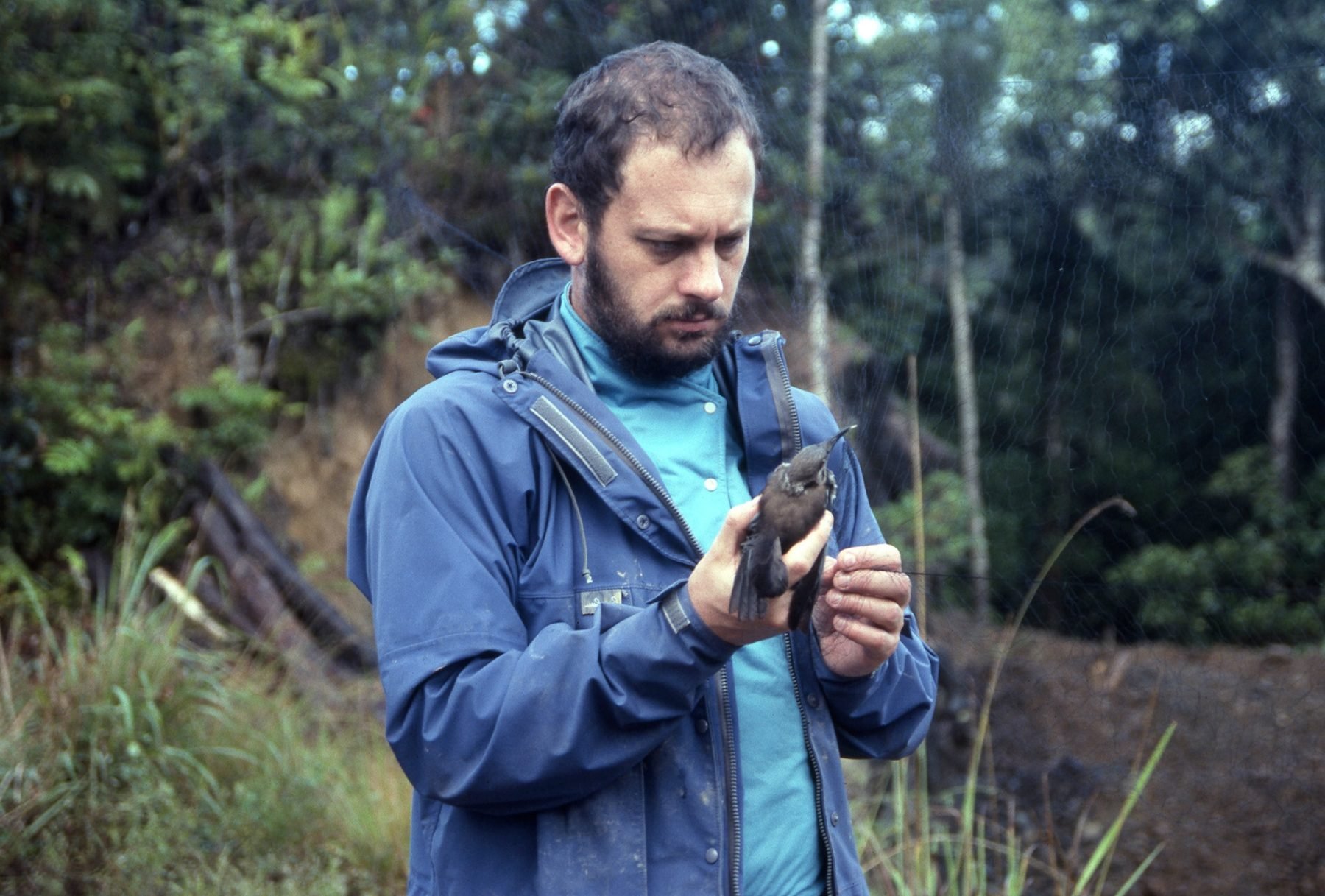
The mystery of the echidnas
By about 100 mya it seems there was one lineage that evolved from those first polar monotremes that became aquatic, Flannery explains. “And that was the ancestral platypus, and we have found fossils of that up at Lightning Ridge [in north-western NSW].”
But Earth experienced the great K–T extinction event about 66 mya, which was caused by a huge meteor hitting the planet and ultimately caused the extinction of about 80 per cent of all animal species at the time, including the dinosaurs and most of the earliest monotremes.
“Aquatic species [in terrestrial environments] generally survived better during the K–T extinction event because in river systems the basis of the food chains is decaying food matter, and that feeds bacteria that feeds insects that feeds large organisms, whereas on land and in the oceans, photosynthesis was destroyed,” Flannery says.
“So all of the terrestrial monotremes seem to have gone extinct. But the lineage that led to our modern platypus made it through.”
Where do the echidnas fit with all this?
“The big mystery is that echidnas are just not present in the Australian fossil record until less than 2 million years ago,” Flannery explains. “So where were they?”
And where did they come from?
“It was Kris [Professor Kristofer Helgen] who came up with the idea that the echidnas came from New Guinea and that came out of several meetings we had discussing all the possibilities and all of the options,” Flannery says. “And we finally just said it has to be New Guinea.
“So, our best guess is that they evolved on an island that eventually formed part of New Guinea,” Flannery says. Although there’s just one species of echidna spread right across Australia, New Guinea has several living species.
“And some time, maybe around 50 million years ago, one group of platypus-like ancestors gets isolated on this island off New Guinea and they are more terrestrial and these became the echidnas.
“The ancestors of the echidnas must have got separated on that island and being on a tropical island, a small island, there wasn’t a lot of river habitat for a platypus but there was lots of forever-wet forest and so they developed a more terrestrial way of living.”
So, the first echidnas were a type of platypus.
“And we’ve got good evidence of that: some studies of the beak of the echidna show that as they develop through the embryo stage they have a flat bill, so they look more like a platypus as an embryo than an echidna.
“So the ancestor of the echidna would have been very much like a platypus but over time, when they got isolated on this island, they would have become more and more terrestrial,” Flannery says, “although we don’t know what they looked like through that transition because we’ve got no fossils.”
Flannery says this paper and the new perspective it provides on the evolution of key Australian fauna provides a launching pad to look more closely at other ancient Aussie animals, possibly leading to other important discoveries.
“We’d like to really start looking at some of the other fossil mammals from the age of dinosaurs in Australia, so that is the next step,” he says. “The museum specimens already exist but we think now we’ve got a way of interpreting them in a different way.”
That includes the huge now-extinct tree-climbing WA echidna that Flannery and his colleagues named in the paper as the largest egg-laying mammal that ever lived: a gigantic extinct echidna from Western Australia for which a new genus, Murrayglossus, was named.
“Murrayglossus was named in honour of the work of Dr Peter Murray, an Australian palaeontologist, now retired, who wrote extensively on fossil echidnas,” Professor Helgen said. “It roamed the Australian landscape in the Pleistocene epoch [between 2.6 mya and 11,700 years ago] with megafauna like gigantic kangaroos, the marsupial lion, and the Diprotodon.
“Weighing 30 kilograms in size, roughly the size of a wombat, this massive monotreme would have been many times the size of modern Australian echidnas.”
